Second Chance Humane Society’s Response to Ringworm
If you follow our social media and newsletters, you know we have been talking about ringworm since the end of March. Sadly, we’re still talking about it and dealing with it at the shelter.
A bit about what we’re up against; ringworm is a common fungal infection. It is among the most frequently occurring skin disorders affecting cats and is also common in dogs. Despite its name, it has nothing at all to do with worms. The only thing it has to do with rings is the circular area of itchy rash that typically—but not necessarily—will appear on the skin of an infected animal or person. It’s the same fungus that causes athlete’s foot.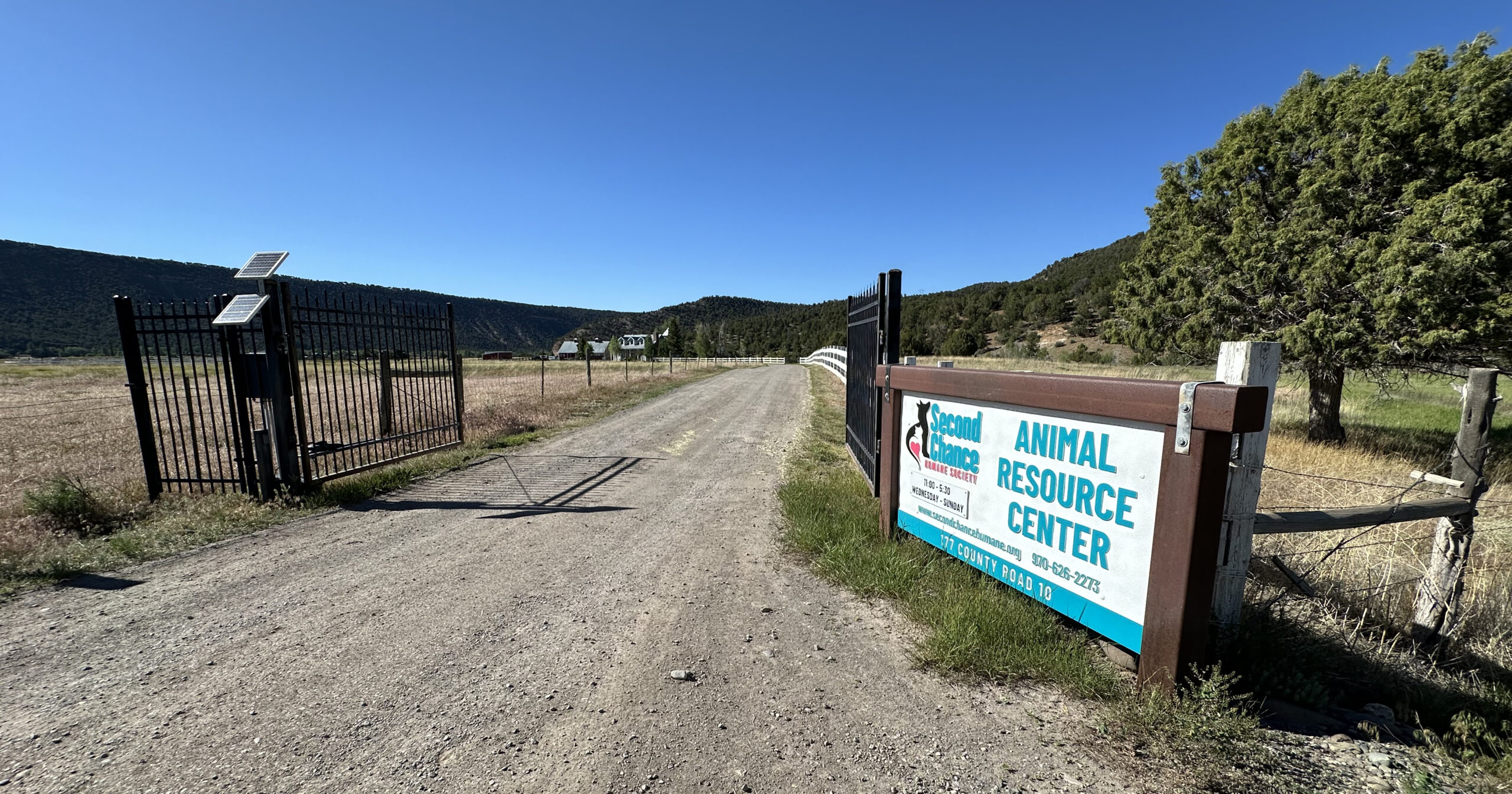
Ringworm is highly contagious and is spread by direct contact with an infected animal or person, or by touching contaminated objects or surfaces. The fungal spores may remain dormant on combs, brushes, food bowls, furniture, bedding, carpet, or other environmental surfaces for up to 18 months. (Which explains why we are cleaning every surface and space every day). Ringworm is not dangerous to pets, and it’s estimated that up to eighty percent of cats may be infected, but are not symptomatic.
While very common and manageable in a home setting, ringworm in a shelter is a crisis. All shelters deal with it. Many expert articles and resources are written about how a shelter should combat ringworm. Despite these resources, reaction to ringworm in a given shelter can vary greatly. Shelters have euthanized their entire population to stop a ringworm outbreak- which we never considered. We closed our doors for nearly a month, (which is not always the action taken by shelters). We chose to talk about it, share our progress in fighting it, and take it very seriously.
We’re almost certain that our battle with ringworm started when we received a couple of mother cats and their kittens who were infected with ringworm. They were first housed in the clinic, and the outbreak spread from there. We caught it quickly, so the shelter outbreak was limited to a small percentage of our animals. However, we are still seeing a new case here and there, therefore we continue to deal with it.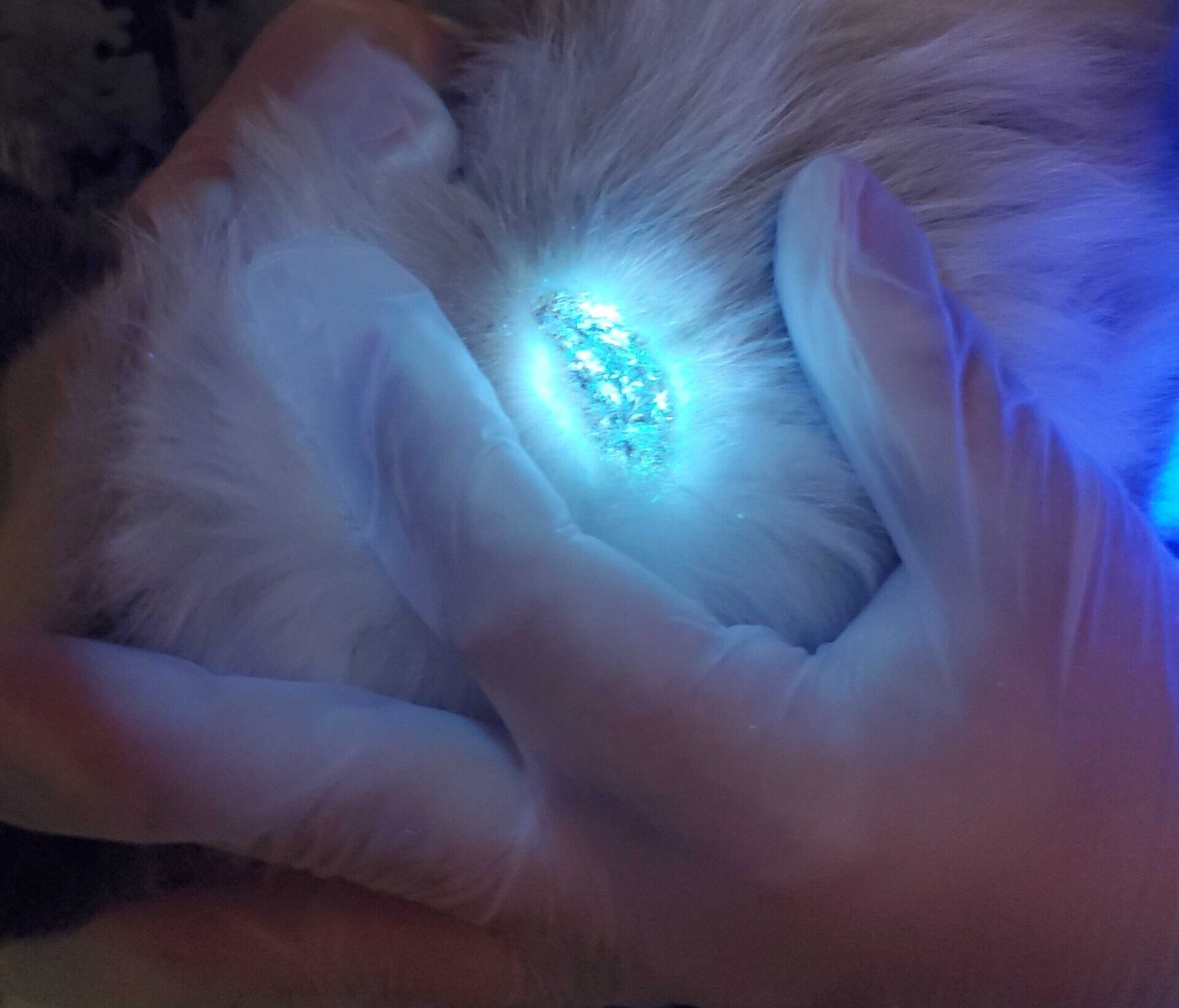
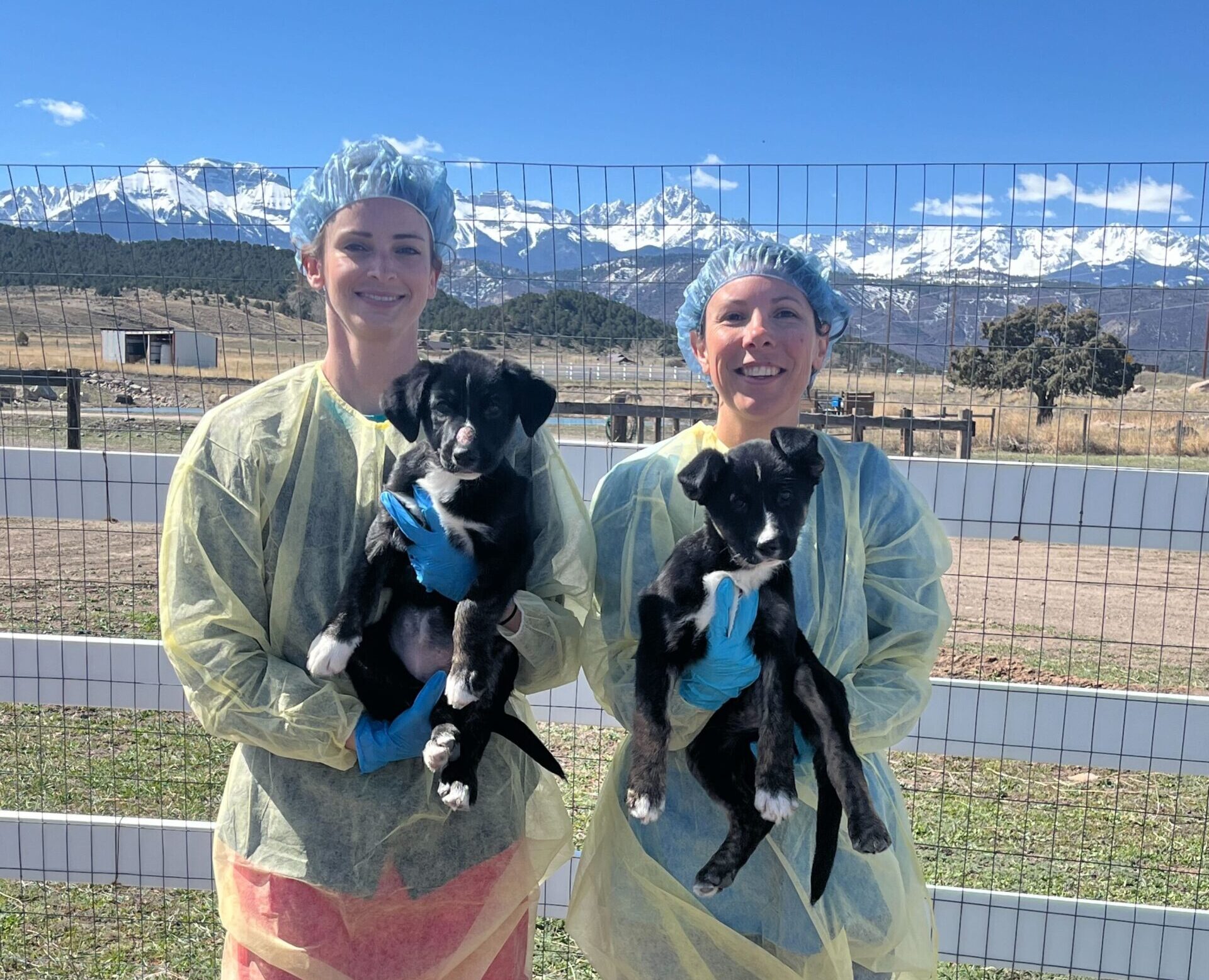
Our incredible staff has been working diligently on the front lines of this situation. They’re working long hours and enduring much stress. They are disinfecting every surface every day using three different anti-fungal cleaners. They’ve been diligent about wearing protective gear. Using a Woods Lamp that emits ultraviolet light that makes ringworm cells glow, they’re checking every pet every day. Shelter spaces and the clinic have been deep cleaned multiple times, and we are now cleaning and disinfecting our heating/cooling system in case spores are in the ductwork. We’ve also updated our intake protocols to screen every incoming pet for ringworm.
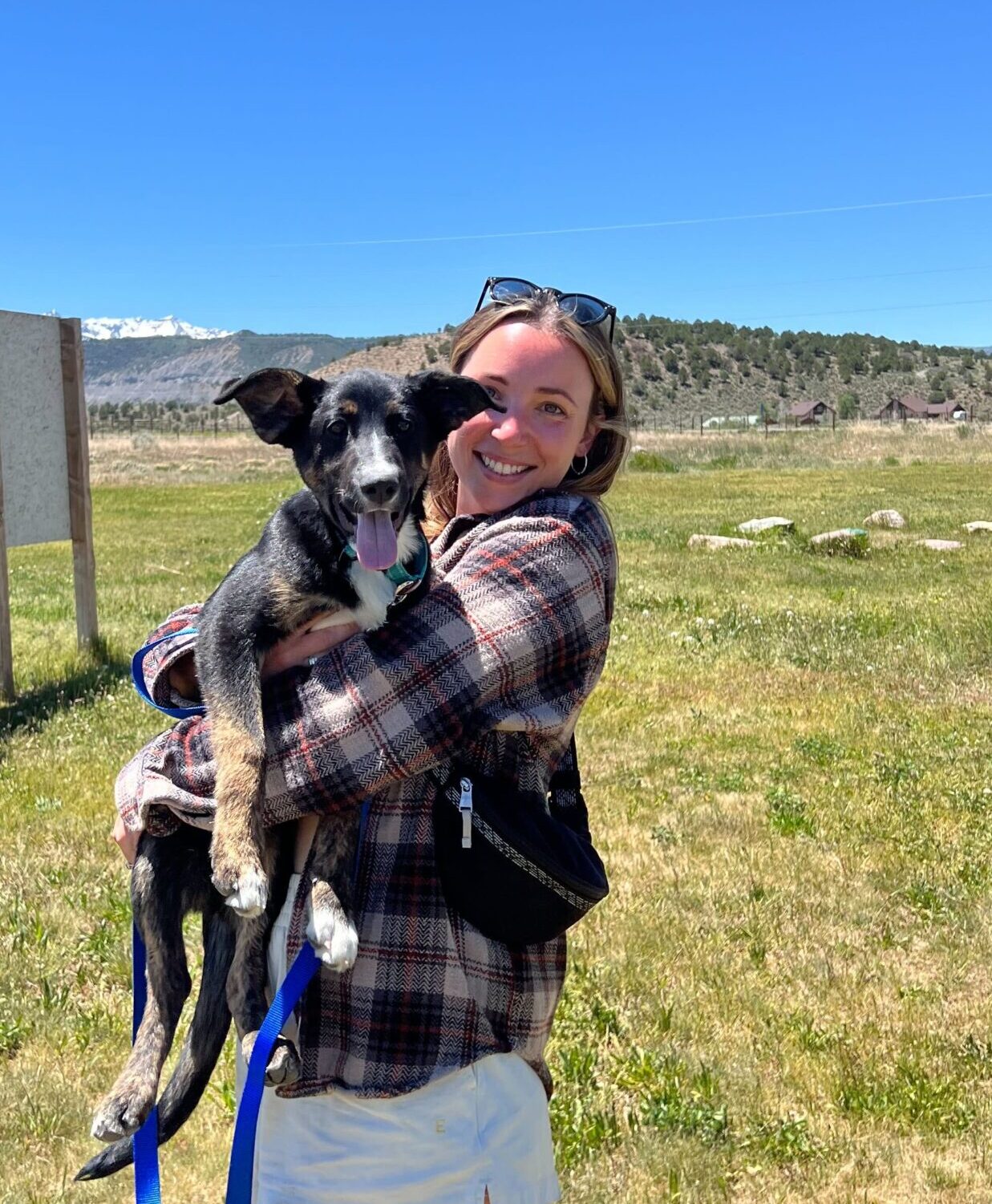
We have made great progress on this, but are not out of the woods yet. Executive Director, Nicholas Gilman says, “I’m so proud of our staff for their response to this challenge. Their dedication to the health and safety of our dogs and cats continues to impress. We’re happy that we seem to be through the worst of this outbreak and can focus on finding homes for pets.”
We so appreciate our people and community for understanding and supporting us as we’ve shared (or overshared) what has been happening. Whether adopting a new family member, donating money or goods, or supporting us by spreading our updates, we treasure the trust our community has in us.
For thirty years, the Animal Resource Center and Shops of Second Chance Humane Society have been serving Ouray, San Miguel, and Montrose Counties. Our adoption hours are from Wednesday to Sunday, 11 a.m. to 5:30 p.m. You can view our shelter pets and services online at www.secondchancehumane.org. Connecting Pets, People, and Community While Saving Lives.


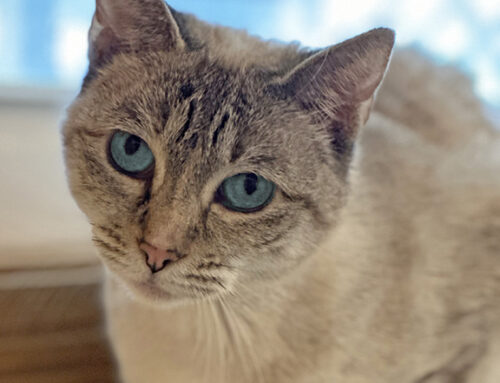
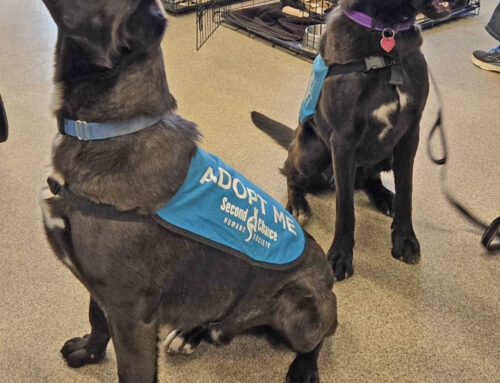
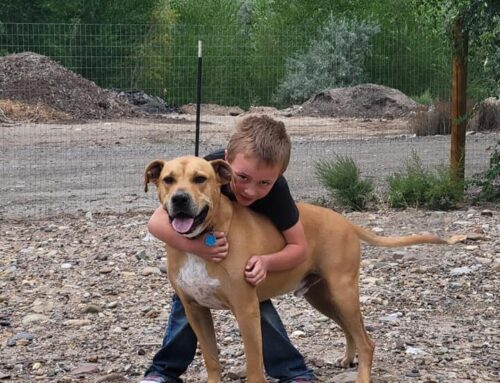

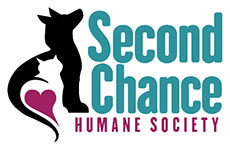
Leave A Comment